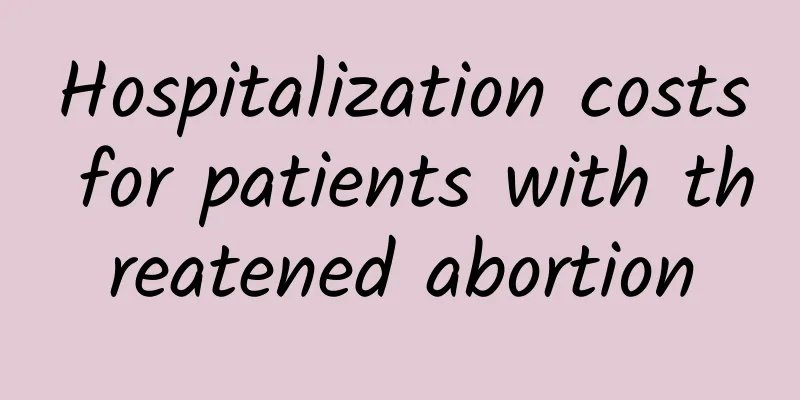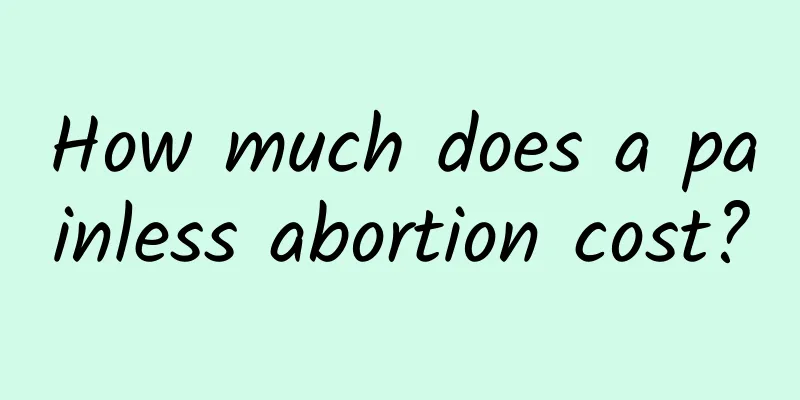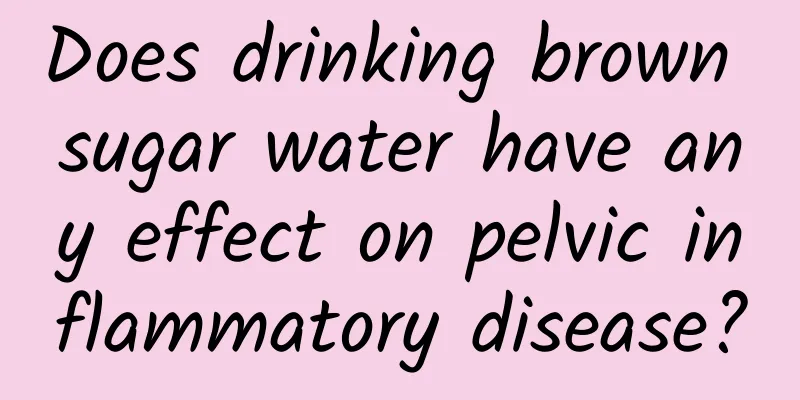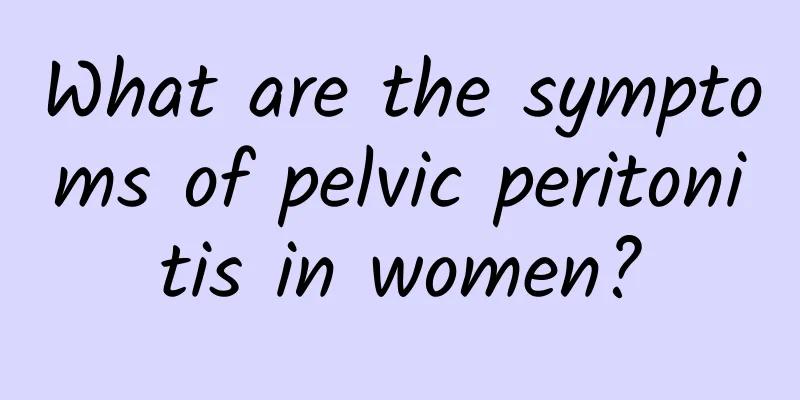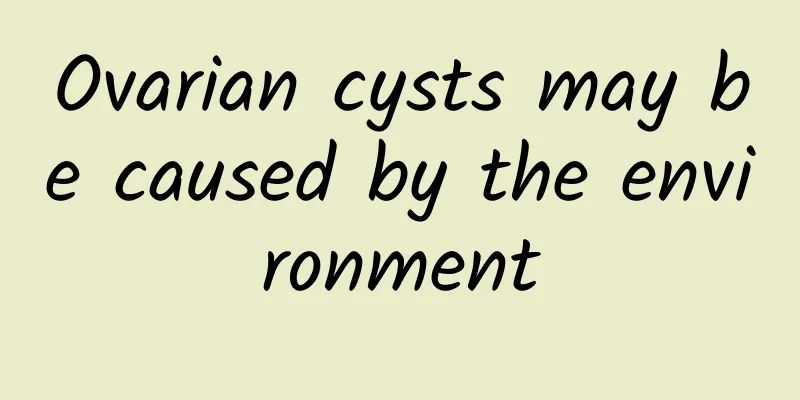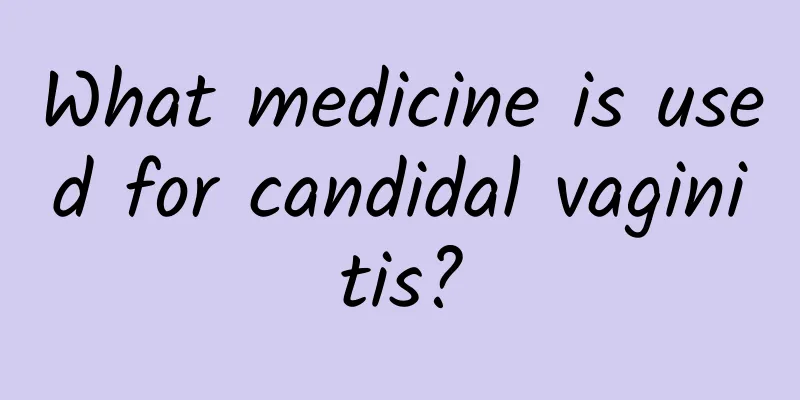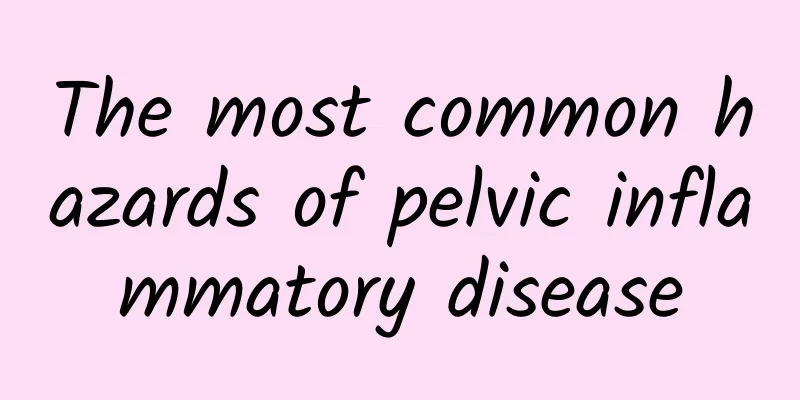How to use medicine for multiple uterine fibroids? Drug treatment method for multiple uterine fibroids
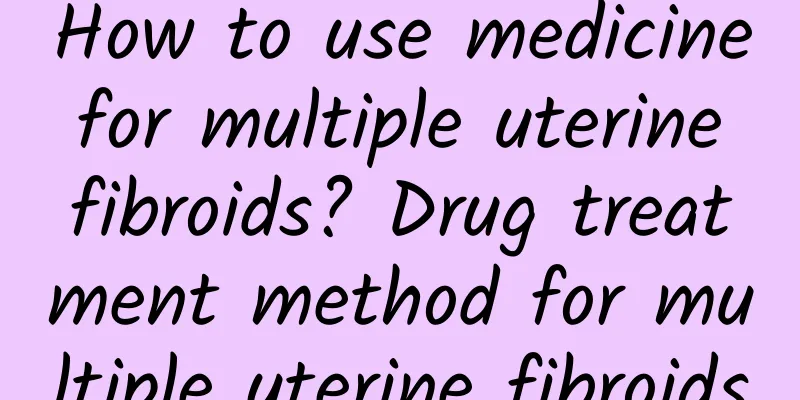
|
1. Follow-up observation: If the patient has no obvious symptoms and no signs of malignant transformation, regular follow-up observation can be performed. 2. Drug treatment (1) Gonadotropin-releasing hormone agonist (GnRH-a) Commonly used GnRH-a in clinical practice include leuprorelin (Enanton), goserelin (Zorelaide), triptorelin (Dapiga), etc. GnRH-a should not be used for a long time and is only used for preoperative pretreatment, generally for 3 to 6 months, to avoid causing severe menopausal symptoms caused by low estrogen; small doses of estrogen can also be supplemented to resist this side effect. (2) Mifepristone is a progesterone antagonist that has been clinically used in the treatment of uterine fibroids in recent years. It can reduce the size of fibroids, but the fibroids grow more after discontinuation of the drug. (3) Danazol is used for preoperative medication or treatment of uterine fibroids that are not suitable for surgery. Uterine fibroids can grow after stopping the drug. Taking danazol can cause liver damage and androgenic side effects (weight gain, acne, low voice, etc.). (4) Tamoxifen can inhibit the growth of fibroids. However, in some patients, uterine fibroids may increase in response and even induce endometriosis and endometrial cancer, so care should be taken. (5) Commonly used androgen drugs include methyltestosterone (methyltestosterone) and testosterone propionate (testosterone propionate), which can inhibit the growth of fibroids. Pay attention to the dosage to avoid masculinization. During the bleeding period of patients with uterine fibroids, if the amount of bleeding is heavy, uterine contractants (such as oxytocin, ergot) and hemostatic drugs (such as hemostatic acid, aminobenzoic acid (hemostatic aromatic acid), lizhihemostasis, Panax notoginseng tablets, etc.) can also be used, which can play a certain degree of auxiliary hemostatic effect. 3. Surgical treatment of uterine fibroids includes myomectomy and hysterectomy, which can be performed by abdominal, vaginal or endoscopic surgery (hysteroscopy or laparoscopy). The choice of surgical method and surgical approach depends on factors such as the patient's age, fertility requirements, size of the fibroid, growth site, and medical technical conditions. (1) Myomectomy is mainly used for young women under 40 years old who hope to retain their fertility. It is suitable for large fibroids, heavy menstruation, compression symptoms, fibroid infertility, submucosal fibroids, and fast-growing fibroids without malignant transformation. (2) Patients with obvious symptoms of hysterectomy, the possibility of malignant changes in fibroids, and no fertility requirements are suitable for hysterectomy. Hysterectomy can be performed by total hysterectomy or subtotal hysterectomy. Patients of older age are suitable for total hysterectomy. The possibility of cervical malignancy must be eliminated before surgery. (3) Uterine artery embolization directly inserts an arterial catheter into the uterine artery and injects permanent embolic particles to block the blood supply to the uterine fibroids, causing the fibroids to shrink or even disappear. UAE is currently mainly suitable for uterine fibroids with symptoms such as anemia caused by abnormal uterine bleeding. When choosing interventional treatment for uterine fibroids, caution should be exercised, especially for patients with uncontrolled pelvic inflammation, patients who wish to retain fertility, arteriosclerosis, and contraindications to angiography should be listed as contraindications to this treatment. 5% of patients may have premature ovarian failure and rare pelvic infections after surgery. 4. Focused ultrasound therapy can locally raise the temperature inside the tumor to above 65°C, causing coagulative necrosis of the tumor and exerting a therapeutic effect. The treatment can shrink the fibroids and relieve symptoms. It is suitable for symptomatic uterine fibroids. There are no surgical scars after treatment, and the advantages are fast recovery after surgery. Side effects include skin burns, intestinal damage, hematuria, etc. Now we know that there are many ways to treat multiple uterine fibroids. Most patients and friends should not have too much psychological burden on this disease. They should adjust their mentality, face the disease positively, and actively cooperate with the doctor's treatment. |
<<: How to treat multiple uterine fibroids? Will multiple uterine fibroids cause infertility?
Recommend
What can't you eat if you have uterine fibroids? What can't you eat if you have endometrial polyps?
What can't you eat if you have uterine fibroi...
What are the serious hazards of cervical warts in women?
What are the harms of suffering from cervical war...
How to treat moderate cervical erosion
Moderate cervical erosion can be treated with med...
Leading to symptoms of chronic adnexitis
Adnexitis is a common disease. Clinically, adnexi...
What syndromes may occur after abortion?
Abortion is a remedial measure after contraceptiv...
Can I eat potatoes after a miscarriage? Yes
Abortion is very harmful to female friends' b...
What are the symptoms of ectopic pregnancy?
Knowing the signs of ectopic pregnancy early can ...
What are the specific types of pelvic peritonitis?
Pelvic peritonitis is a very common gynecological...
What are the most common causes of cervicitis?
It is very painful for women to suffer from cervi...
What are the dangers of habitual miscarriage? Pay attention to these 3 aspects
There are many reasons for habitual miscarriage. ...
What tests should be done for delayed menstruation
Delayed menstruation is a problem that many women...
To live you have to move! Three tips for the exercise prescription for the elderly
With the rapid increase in the elderly population...
Are You a Candidate for Metabolic Bariatric Surgery? Sleeve gastrectomy or gastric bypass surgery: which one should I choose?
Obesity is an increasingly common condition in mo...
What are the effects of chronic cervicitis in women? The three major hazards of chronic cervicitis in women should be known
Cervicitis is the most common gynecological disea...
What causes vaginitis?
Vaginitis is a common gynecological disease chara...
